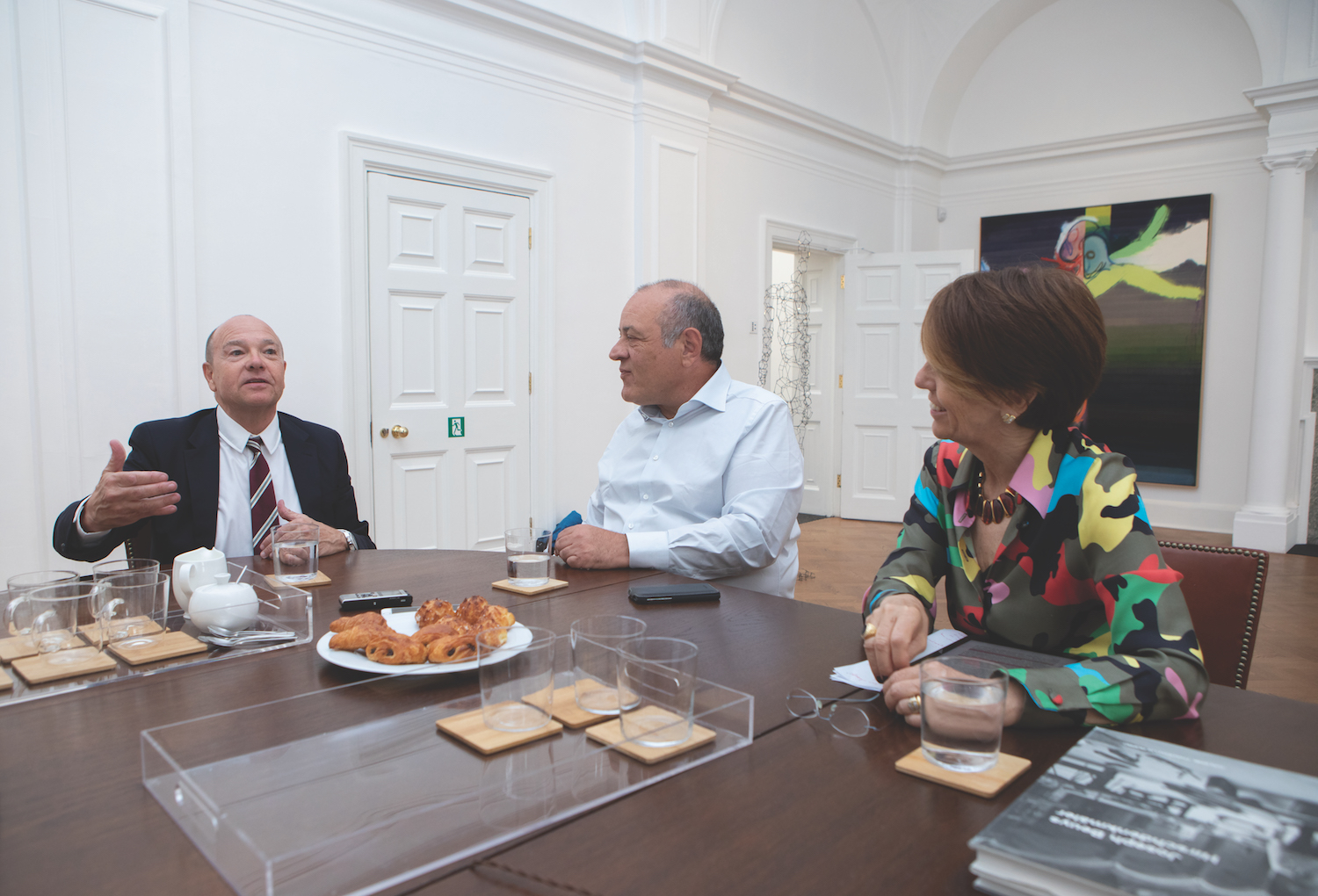Four Hundred Unquiet Graves
2020 - Film & Video (Film & Video)
23:24 minutes
Manuel Correa
Manuel Correa’s documentary Four Hundred Unquiet Graves is a powerful and vulnerable visual essay about the descendants of those who were disappeared during the Spanish Civil War from 1936–1939. The film reveals the spectrum of violence that surrounds the war, namely the impact of thousands of forced disappearances on different generations. Surviving family members are haunted not only by the absence of their grandparents, but also by the overwhelming grief that lives in their parents. Sixty kilometers outside of Madrid, The Valley of the Fallen houses a colossal basilica and an eighty-meter-high cross that towers over the nearby highway. The complex was commissioned by Francisco Franco’s fascist government to commemorate the twentieth anniversary of his victory over democracy in 1959. Its intended nationalistic symbolism attempts to conceal the fact that it is potentially the largest mass grave in the world, housing 33,800 bodies relocated from 491 unmarked gravesites from all over Spain. The remains of an unknown number of victims of enforced disappearance are buried together with the dead fighters of Franco’s army—many of whom may have been their captors and executioners. Forty-five years have passed since the death of dictator Francisco Franco, yet no studies of the building’s ossuaries have been carried out. While it is known that there are 12,669 unidentified bodies interred on the site, it is impossible to confidently state the number of Franco’s victims consigned to El Valle de los Caídos—a testament to the magnitude and cruelty of the crime. Through raw firsthand interviews, Correa traces the extent of this destruction through multiple generations of the same family. Four Hundred Unquiet Graves traces the violence and trauma incited by decades of manipulation and concealment by several institutions of power, particularly the Spanish government and the Catholic Church. The film sensitively reveals the mechanisms of resistance used by different generations to combat the treachery of bureaucratic concealment and divine intimidation.
Manuel Correa’s practice deals with the reconstruction of post-conflict intergenerational memory in contemporary societies. As an artist often working with the visual language of documentary, Correa is critical of the relationship between cinema and the notion of “truth.” His work as a Forensic Architecture researcher also informs his films, which oftentimes feature strong visual data analysis graphics. By moving between intimate shots and data synthesis, the artist creates informative, sympathetic, and powerful films. Correa’s body of work is diverse and internationally recognized. His thorough investigations track transnational post-conflict traumas and draw connections between its subjects globally. For example, his 2018 film La Forma del Presente (The Shape of Now) , addresses the search for collective meaning and accountability in the wake of Colombia’s 50-year-long armed conflict. More than anything, Correa’s practice is about the process of creating historical memory, both its promise and its fallibility.
Colors:
Other related works, blended automatically
» see more

© » KADIST
Manuel Correa
2020Manuel Correa’s short film Didn’t Know I Died is a testimonial portrait of the acclaimed Colombian poet Olga Elena Mattei...
Related works sharing similar palette
» see more

© » KADIST
Nicolás Grum
2014El gran pacto de Chile (The Great Pact) and La balserita de Puerto Gala (The Raft) were part of the “Museo Futuro”, an exhibition in which the artist presented nine miniature dioramas staging fragments of Chile’s history, from its colonial invasions to the present...
Other works by: » Manuel Correa
» see more

© » KADIST
Manuel Correa
2020Manuel Correa’s short film Didn’t Know I Died is a testimonial portrait of the acclaimed Colombian poet Olga Elena Mattei...

© » KADIST
Manuel Correa
2018La Forma del Presente (The Shape of Now) by Manuel Correa follows a group of survivors of Colombia’s 50-year long armed conflict facing the impossible task of agreeing on a shared past...
Related works found in the same semantic group
» see more

© » KADIST
Guadalupe Rosales
202290022 (Leonard Ave) by Guadalupe Rosales engages with memory, loss, grief, and nostalgia; themes that run throughout the artist’s practice...

© » KADIST
Joaquín Segura
2016Pyre , an installation by Mexico City-based artist Joaquín Segura, addresses corruption, impunity, and the role that failed governments play in the normalization of violence...

© » KADIST
Gimhongsok
2007To explore the boundaries between artwork and audience, Gimhongsok created a series of sculptural performances in which a person wearing an animal costume poses in the gallery...

© » THEARTNEWSPER
Roman funerary bed found in central London Art market Museums & heritage Exhibitions Books Podcasts Columns Technology Adventures with Van Gogh Search Search Archaeology news Roman funerary bed found in central London Archaeologists are "blown away" by the levels of preservation of the finds at Holborn Viaduct, which also include five oak coffins, a decorated lamp, a glass vial, and jet and amber beads Maev Kennedy 5 February 2024 Share The funerary bed being excavated and a reconstruction © MOLA A Roman oak bed, on which a dead person may have been carried to a grave now lying six metres below the surface of modern London, has been excavated along with a wealth of startlingly well preserved finds spanning many centuries, by archaeologists working in advance of a huge office development at Holborn Viaduct...



